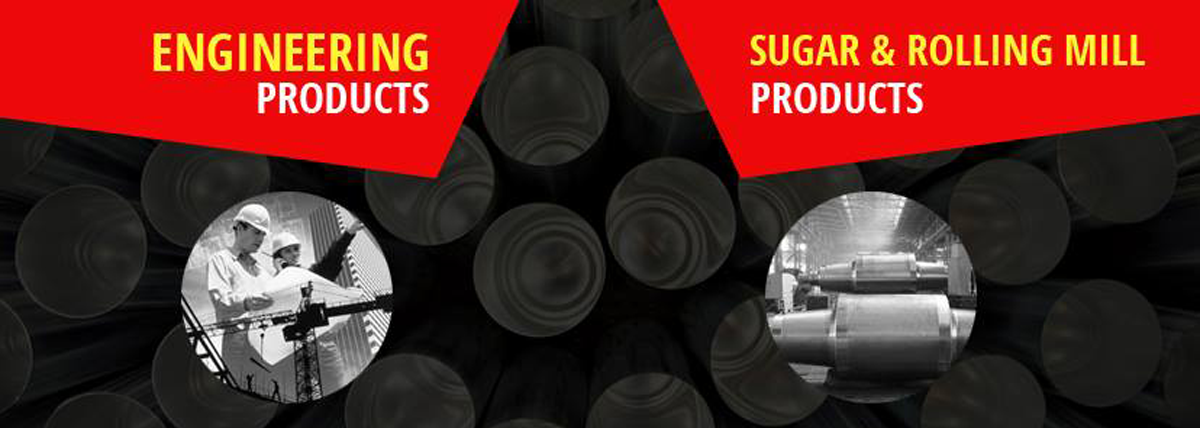
To make robust engineering products such as the h beams, carbon steel forged flanges, parallel flanges column, stainless steel plates etc. the manufacturer sticks to stringent international standards of raw materials, process control, quality control, training and safety. This is to ensure the production of precision quality products. Imagine, we go to high rise buildings, drive on flyovers, ride in metros, and fly in jets every day without having to worry about the safety of the structures. This is solely because the engineers design the products taking various factors into account.
Let us explain what is meant by h beam or a flange. A typical cross section of an h beam is H shaped. It is rolled steel which has two parallel flanges of equal thickness. It consists of two parts; the vertical part called the web and the horizontal part called the flange. They are of three types narrow, medium or wide depending on the height and flange width. While designing the h beams attention is paid on prevention of damage due to deflection, vibration, lateral buckling, shear failure. Exact height to width ratio depending on the area of application is crucial in safety of the structure.
A flange is defined as a kind of a plate that is attached to the end of a pipe, fitting, valve, etc. for easy assembly and dismantling of the piping system. Carbon steel forged flanges are made in seven primary ratings: Class 150, Class 300, Class 400, Class 600, Class 900, Class 1500 & Class 2500. There are various types of flanges such as Weld Neck Flanges, Slip-On Flanges, Lap Joint Flanges, Blind Flanges, Threaded Flanges, and Socket Weld Flanges. Some flanges are made of cast iron, but majority of flanges are forged carbon steel. Generally they are made from the materials that match the pipe and fittings to which they are being attached.
Parallel flange columns are another engineering wonder which offer flexible, high efficiency, durable, strong yet economical design. They are made following the universal rolling methods keeping in mind the strength, weight and sectional properties. This design helps the manufacturer to save on quantity of steel used, achieve excellent load bearing yet bring down the cost. They are extensively used in construction of multi-storied buildings, shopping malls, bridges, car parking lots, refineries, airports, flyovers, metro rail projects, steel plants, power plants, stadiums, etc.
Stainless steel plates’ suppliers provide products that find application in the food industry, automotive, power plants, oil and gas refineries, aircraft construction, chemical making plants etc. They are made up of varied grades of steel viz. 304, 304L, 316, 316 L, 310, 317, 321, 347, etc. They show excellent resistance to corrosion, oxidation, abrasion and erosion. They are easy to clean, low in weight but high in strength.
The engineering experts take into account weldability, durability and economy while moulding these engineering products. Using raw materials without impurities, optimising the chemical composition and stringent in process checks at state of the art facilities make these products safe and long lasting.

